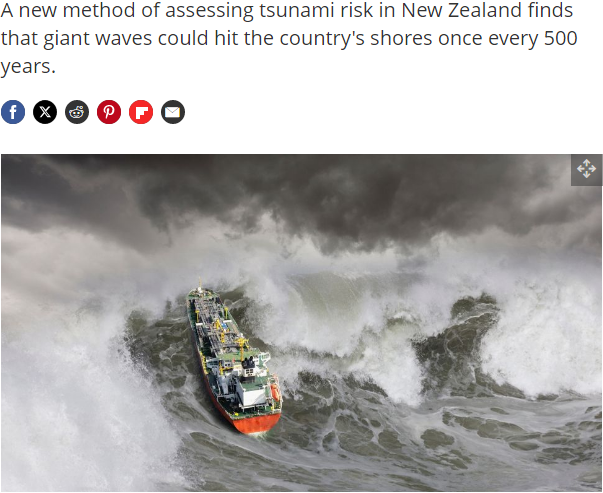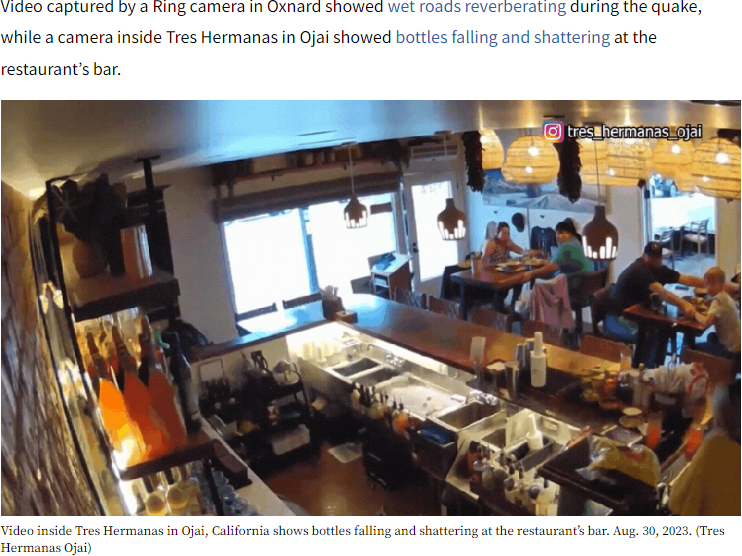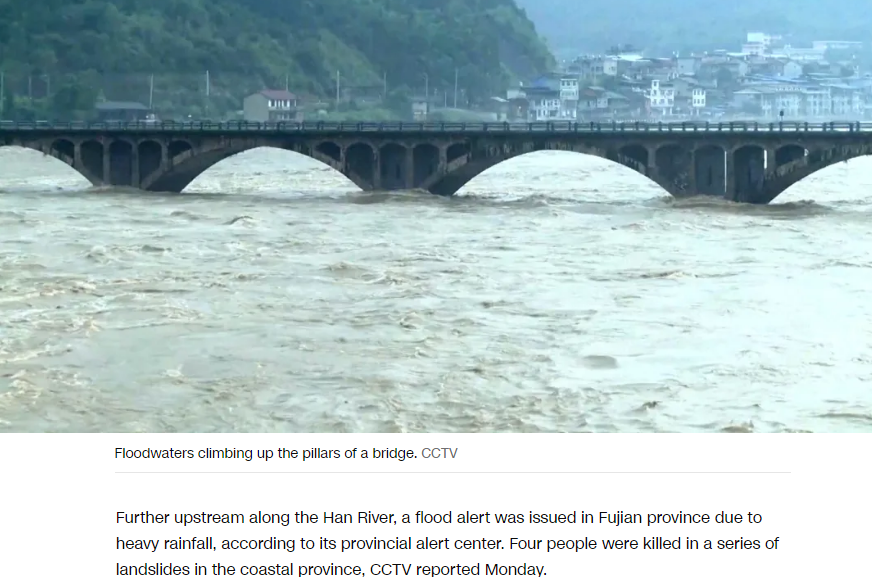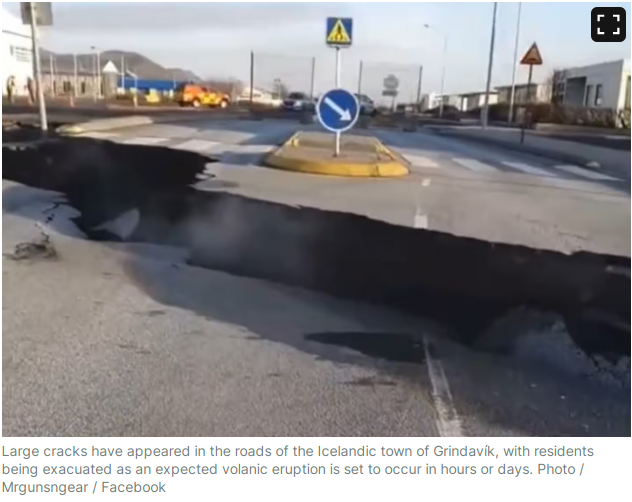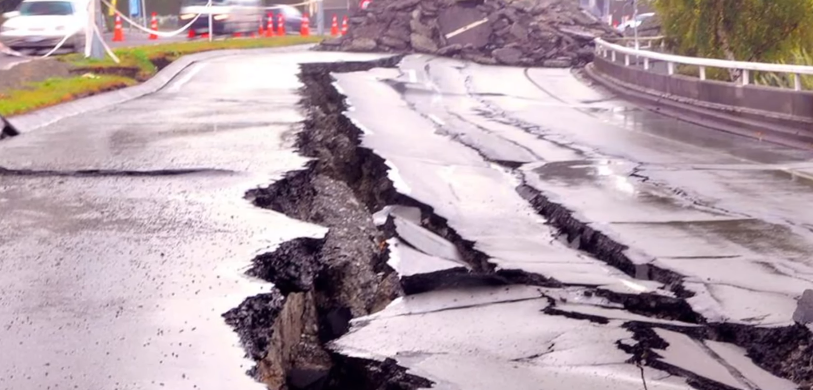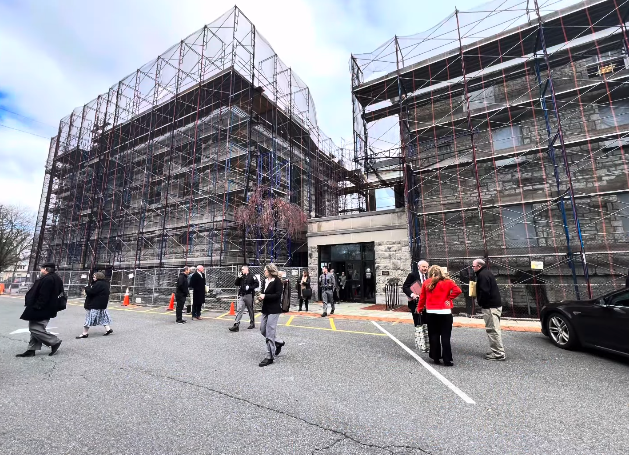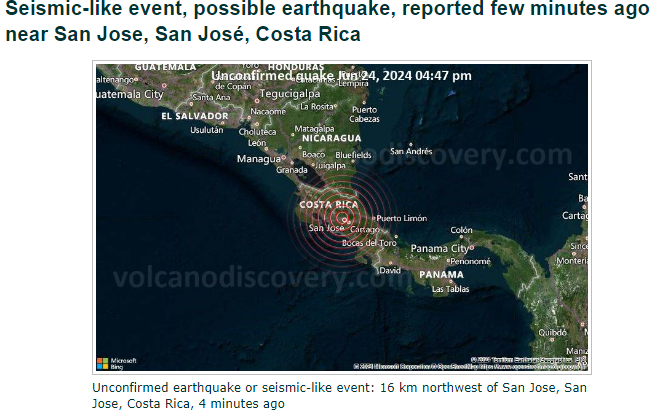If you live in a coastal area, it’s essential to understand the strength and potential impact of hurricanes. The Saffir-Simpson Hurricane Wind Scale is a widely used tool to classify hurricanes based on their intensity and potential damage. This article will explore the Saffir-Simpson Hurricane Wind Scale, its history, categories, and how it helps predict the impact of hurricanes on coastal communities.
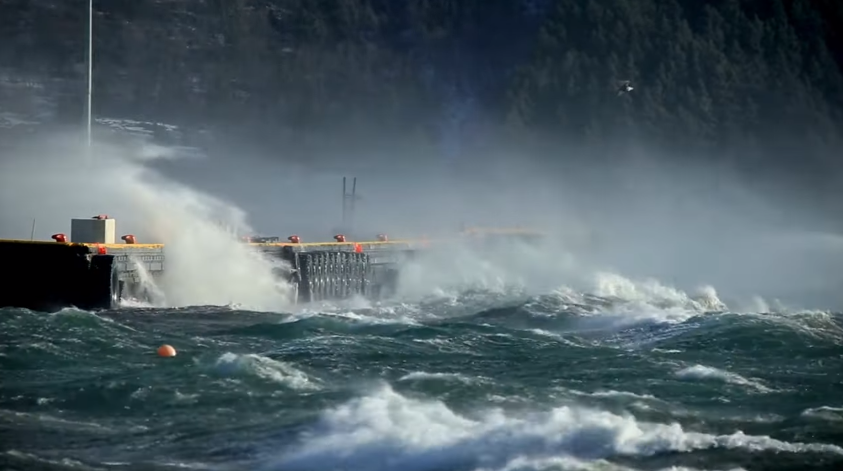
Table of Contents
- Introduction to Hurricane Strength Scales
- History of the Saffir-Simpson Hurricane Wind Scale
- Understanding the Saffir-Simpson Hurricane Wind Scale Categories
- How the Saffir-Simpson Hurricane Wind Scale Predicts Damage
- Limitations of the Saffir-Simpson Hurricane Wind Scale
- Conclusion
Introduction to Hurricane Strength Scales
Hurricane strength scales are tools used to categorize hurricanes based on their intensity and potential damage. These scales help emergency management officials and the public understand the potential impact of a hurricane, enabling them to prepare and respond accordingly.
History of the Saffir-Simpson Hurricane Wind Scale
The Saffir-Simpson Hurricane Wind Scale was developed in 1971 by civil engineer Herbert Saffir and meteorologist Robert Simpson, who at the time was director of the U.S. National Hurricane Center (NHC)[^1^]. The scale was introduced to the general public in 1973 and saw widespread use after Neil Frank replaced Simpson at the helm of the NHC in 1974.
The scale was created by Herbert Saffir, a structural engineer, who in 1969 was commissioned by the United Nations to study low-cost housing in hurricane-prone areas. While conducting the study, Saffir realized there was no simple scale for describing the likely effects of a hurricane.
Mirroring the utility of the Richter magnitude scale for describing earthquakes, he devised a 1–5 scale based on wind speed that showed expected damage to structures. Saffir gave the scale to the NHC, and Simpson added the effects of storm surge and flooding.
In 2009, the NHC eliminated pressure and storm surge ranges from the categories, transforming it into a pure wind scale, called the Saffir–Simpson Hurricane Wind Scale (Experimental) [SSHWS]. The updated scale became operational on May 15, 2010. The scale excludes flood ranges, storm surge estimations, rainfall, and location, which means a Category 2 hurricane that hits a major city will likely do far more cumulative damage than a Category 5 hurricane that hits a rural area[^1^].
Understanding the Saffir-Simpson Hurricane Wind Scale Categories
The Saffir-Simpson Hurricane Wind Scale separates hurricanes into five different categories based on wind speed. The categories are as follows:
Category 1: Minimal
- Winds: 74-95 mph (64-82 kt, 119-153 km/h)
- Damage: Primarily to shrubbery, tree foliage, poorly constructed items, and unanchored mobile homes. Storm Surge: 4′ to 5′ above normal tide levels.
Category 2: Moderate
- Winds: 96-110 mph (83-95 kt, 154-177 km/h)
- Damage: Considerable damage to tree and shrubbery foliage. Some trees blown down. Major damage to poorly constructed items and some damage to other structures (such as roofing material). Storm Surge: 6′ to 8′ above normal tide levels.
Category 3: Extensive
- Winds: 111-130 mph (96-112 kt, 178-208 km/h)
- Damage: Foliage torn from trees and large trees blown down. Poorly constructed items destroyed, damage to roofing materials, windows, and doors expected. Mobile homes destroyed and some structural damage to small buildings. Storm Surge: 9′ to 12′ above normal tide levels.
Category 4: Extreme
- Winds: 131-155 mph (114-135 kt, 209-251 km/h)
- Damage: Shrubs, trees, and signs blown down. Extensive damage to roofing materials, windows, and doors. Complete failure of roofs on many small residences. Storm Surge: 13′ to 17′ above normal tide levels.
Category 5: Catastrophic
- Winds: Greater than 155 mph (135 kt, 252 km/h)
- Damage: Complete failure of roofs on many residential and industrial buildings. Extensive shattering of window and door glass. Many complete building failures and small buildings overturned or blown away. Storm Surge: Greater than 18′ above normal tidal levels.
How the Saffir-Simpson Hurricane Wind Scale Predicts Damage
The Saffir-Simpson Hurricane Wind Scale provides a general idea of the potential damage a hurricane can cause based on its wind speed. However, it’s important to note that the scale doesn’t account for other factors, such as storm surge, rainfall, and location, which can significantly impact the overall damage caused by a hurricane.
Limitations of the Saffir-Simpson Hurricane Wind Scale
While the Saffir-Simpson Hurricane Wind Scale is a useful tool for understanding the potential impact of a hurricane, it has limitations. The scale doesn’t account for storm surge, rainfall, and location, which can significantly impact the overall damage caused by a hurricane. For example, a Category 2 hurricane that hits a major city will likely do far more cumulative damage than a Category 5 hurricane that hits a rural area.
Since being removed from the Saffir–Simpson hurricane wind scale, storm surge prediction and modeling is handled by computer numerical models such as ADCIRC and SLOSH[^1^].
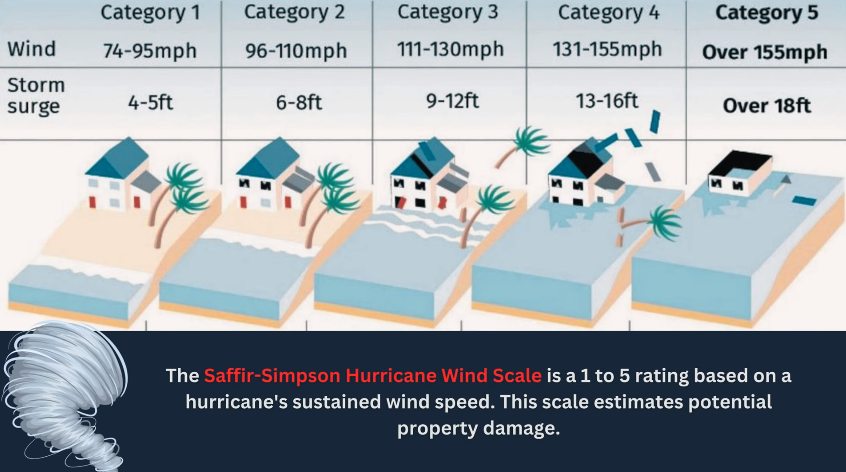
Conclusion
Understanding the Saffir-Simpson Hurricane Wind Scale is crucial for anyone living in a hurricane-prone area. While the scale provides a general idea of the potential damage a hurricane can cause based on its wind speed, it’s important to remember that other factors, such as storm surge, rainfall, and location, can significantly impact the overall damage caused by a hurricane. By staying informed and prepared, you can help ensure your safety and minimize the impact of a hurricane on your community.
Sources:

